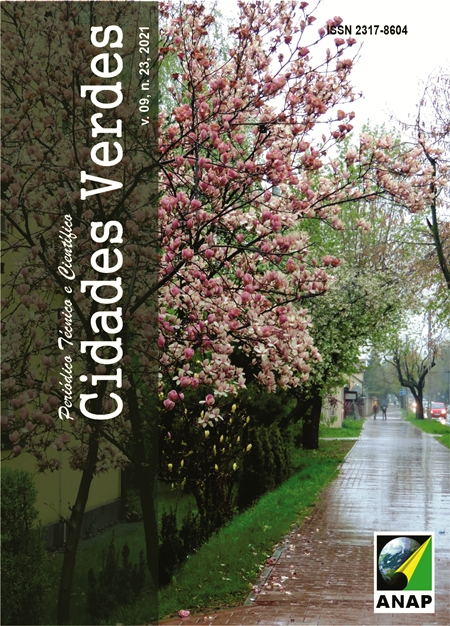The sustainability of public transport systems through the perspective of urban form
A method applied to the Anhanguera Axis in Goiânia (GO)
DOI:
https://doi.org/10.17271/2317860492320212938Abstract
This article aims to present a urban analysis method that is capable of advancing on structural issues of territorial management, with a specific focus on sustainable mobility. The object for its application is the public transport corridor of Avenida Anhanguera, which is the main mobility axis of Goiânia (GO). We also delimited the analysis in its peripheral lines. Based on updated theoretical references and indexes postulated in the Ecosystemic Urbanism Certification System and through Marchetti Constant, it was possible to develop an analysis proposal that relates the configuration of urban centralities with displacement dynamics. The method application in the urban context of the Padre Pelágio bus terminal, as well as in the characterization of its peripheral lines allowed us to analyze the composition of its urban context in terms of configuring a centrality. Additionally, the method allowed us to analyze its positioning adequacy in serving the feeder lines in terms of displacement and life quality provided for population.. The results achieved showed that the urban configuration of Padre Pelágio bus terminal does not perform an effective centrality in meeting the daily demands of population. Moreover, the method is capable of showing improvements that can optimize the displacements in the feeder lines. This is an exploratory study, but it is promising in contribute for decision making focusing in improve the performance of mobility system in association with territorial planning and urban design.
KEYWORDS: Sustainable urban mobility. Urban form. Public transportation.















